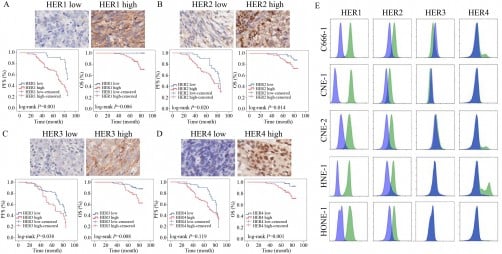Scientists Identify Prostate Cancer Cells’ Weakness for New Treatments

A groundbreaking discovery by international researchers has identified a potential weakness in prostate cancer cells that could pave the way for improved targeted treatments. The study, led by scientists from Flinders University in Australia and South China University of Technology, highlights the critical role of two enzymes, PDIA1 and PDIA5, in promoting the growth and survival of prostate cancer cells. These enzymes act as protective agents for the androgen receptor (AR), a protein crucial for cancer progression.
When the action of PDIA1 and PDIA5 is inhibited, the stability of the androgen receptor diminishes, resulting in its breakdown. This chain of events leads to cancer cell death and a reduction in tumor size, as demonstrated in both laboratory settings and animal models. The findings offer new avenues for enhancing existing treatments, potentially benefiting patients who have developed resistance to conventional therapies.
Prostate Cancer Statistics and Treatment Options
Prostate cancer is a significant health concern, ranking as the second-leading cause of cancer-related deaths among men in the United States. According to the American Cancer Society, approximately 1 in 44 men will die from the disease, with an estimated 313,780 new cases and 35,770 deaths expected in 2025. While therapies such as hormone treatments and AR-targeting medications have proven effective for many, this latest discovery could provide a critical solution for those facing advanced stages of the disease.
The research team found that combining drugs that block both PDIA1 and PDIA5 with enzalutamide, a commonly used prostate cancer medication, significantly enhances the drug’s effectiveness. “We’ve discovered a previously unknown mechanism that prostate cancer cells use to protect the androgen receptor, which is a key driver of the disease,” stated Professor Luke Selth, head of Prostate Cancer Research at Flinders University. “By targeting these enzymes, we can destabilize the AR and make tumors more vulnerable to existing therapies like enzalutamide.”
Implications for Future Treatments
This research represents a promising advancement in the fight against prostate cancer. The combination therapy has demonstrated strong results in both patient-derived tumor samples and in animal models, according to Professor Jianling Xie from South China University of Technology. “This is an exciting step forward,” Xie noted, adding that the discovery could lead to new treatments that work in conjunction with established medications.
The study also revealed that PDIA1 and PDIA5 assist cancer cells in managing stress and sustaining energy production. Blocking these enzymes disrupts the cells’ energy-generating mitochondria, resulting in increased oxidative stress that further weakens the cancer cells. “This dual impact of hitting both the AR and the cancer’s energy supply makes these enzymes especially attractive targets,” Xie explained. “It’s like cutting off both the fuel and the engine at the same time.”
While current drugs that inhibit PDIA1 and PDIA5 show promise, additional research is required to ensure their safety and efficacy for patient use, particularly to prevent adverse effects on healthy cells. Professor Selth emphasized the necessity of further studies to refine these compounds for clinical application.
This significant advancement in understanding prostate cancer biology could ultimately lead to therapies that not only extend survival but also improve the quality of life for patients battling this challenging disease.






